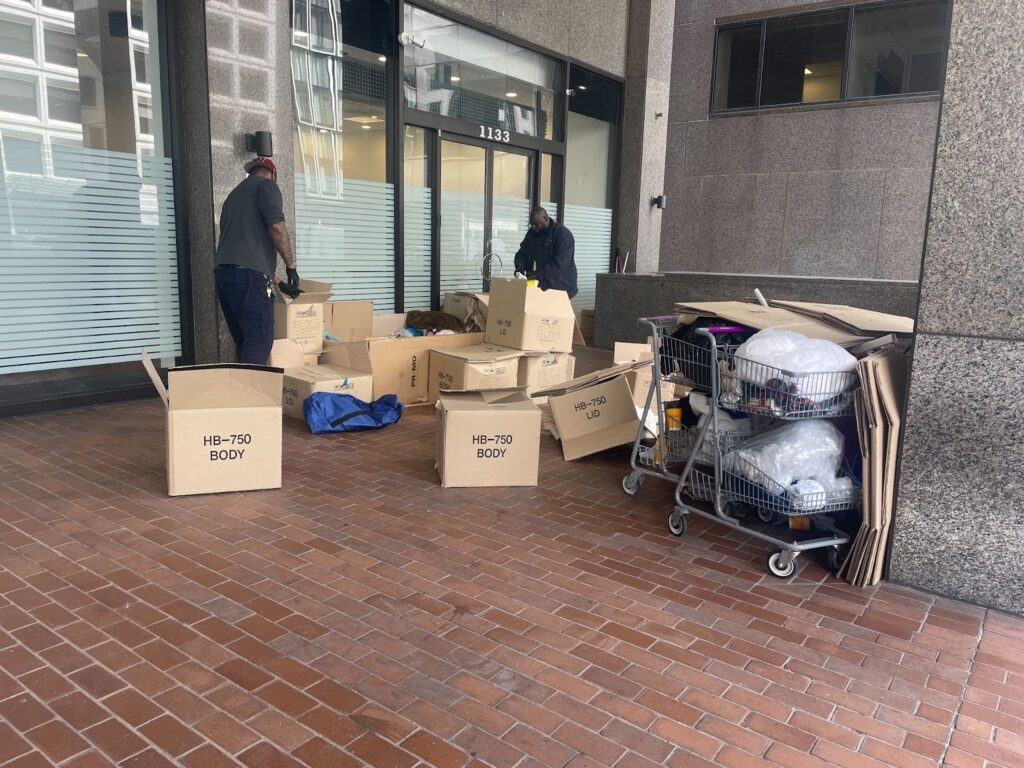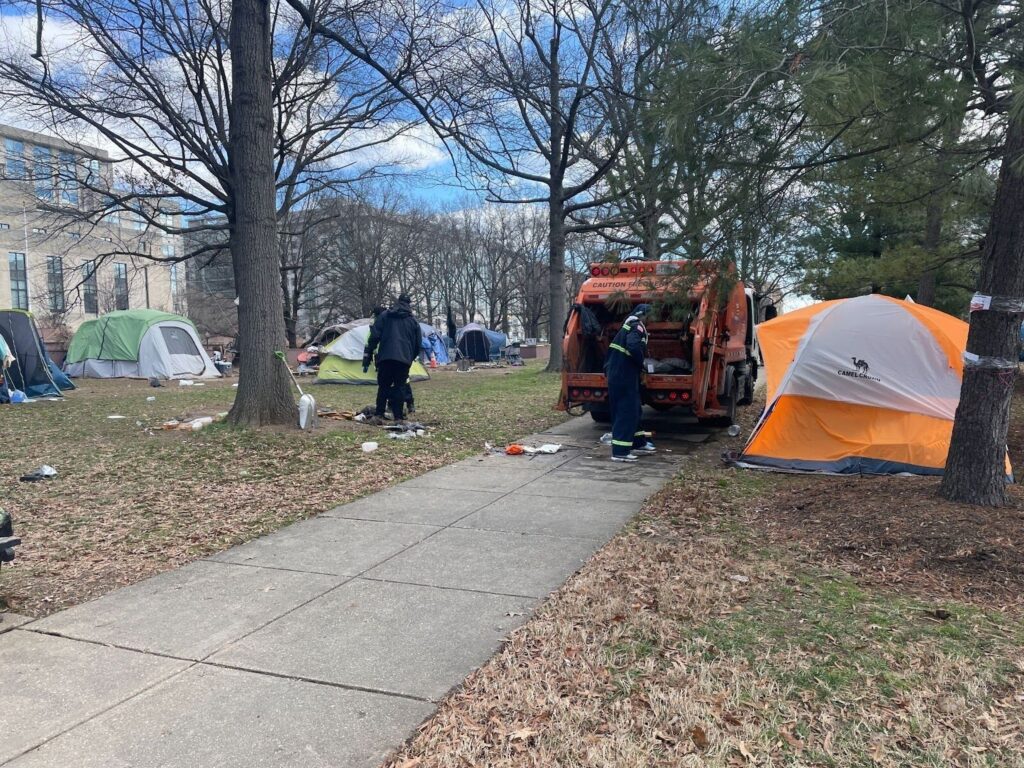Several weeks ago, the city of Washington D.C. suffered a one-day crisis as all the Metro trains were shut down for 29 hours. For most people who depend on the Metro for convenience, it was a minor problem, but for the many thousands of low-income individuals who depend on the Metro because it serves as their only method of transportation, it was a very bad situation. And if major shutdowns become necessary to make repairs, many riders will need to find alternative transit options to get to work and everywhere else.
The Metro is one of the best transportation systems in the country and is the nation’s second largest. The thing that especially makes the Metro unique is its pricing system, which is based on distance and time. If there are shutdowns, it will be necessary to find alternative methods of transit. There are buses, but they will be costly in terms of time and it could also pose problems if you work several jobs that are not near each other.
This issue of transit also is something to keep in mind regarding the minimum wage battle that is still trying to get to the ballot in November. As I have pointed out in the past, one of the things to be concerned about is that if businesses have to pay a significantly higher wage, they may go across the Potomac, and that is especially of concern for individuals that depend on public transit because of the higher cost incurred over an extended distance. If you resided in the eastern part of the District and took the Metro from the Stadium-Armory station to Dupont Circle, your fare is $2.65 each way plus a $1 fee if you use a paper farecard instead of a SmarTrip card (based on taking the rail at 3:30pm which would be when someone working second shift would probably be traveling)
If your employer moved across the Potomac into Virginia and your trip now was from Stadium-Armory to Tysons Corner, the fare would more than double to $5.80 each way. To make matters worse, you would have lower wages. That is because the main reason an employer (such as a restaurant) would move over the river would be to save on labor costs (particularly if the District does pass a ballot initiative to increase the minimum wage from its present rate of $11.50/hour to $15/hour). Virginia presently uses the federal minimum wage of 7.25 per hour, which would be a substantial drop for any workers in the District (even if the minimum wage was to stay at its present rate), whose employer relocated to Virginia.
So factoring in a huge drop in income and an increase in transportation costs and you have a major dilemma for many workers. One solution would be to get a second job near wherever your first job would be in Virginia, but flexibility would be necessary to make that work.
Getting back to the Metro, if there are shutdowns, there are some options. You could buy a bike and ride to work (I checked on bike rentals and there are five companies that rent bikes, but their hours are mostly around the daytime, usually ending about 7 p.m. — which would make the idea difficult for second- and third-shift workers). You can also ride the Metrobus but you will have to plan accordingly since it will take a larger part of your day to get around. I realize all this sounds depressing but thinking about this ahead of time and planning what you need to do is what will allow you to handle the situations that a disruption in Metrorail service may cause.
In the next issue, we will look at education options you can use to help increase your chances of getting employed or finding a better job.
Arthur Johnson is a volunteer writer focusing on finance and economic issues in his column Moving Up.







